Some places in Friuli-Venezia Giulia are still intimately linked to the life and education of Pier Paolo Pasolini, one of the greatest intellectuals, poets and filmmakers of the 20th century. Although born in Bologna in 1922, he came to Friuli on many occasions because his beloved mother Susanna Colussi was originally from Casarsa della Delizia. Indeed, it is here that Pasolini spent several years of his childhood and also many summer vacations, and it is also here that he rests in the cemetery with his family members. Friuli is also in his writings: his first poems published in 1942 and dedicated to Casarsa are in Friulian, and the collection La meglio gioventù (The Best of Youth ) and his first play ITurcs tal Friùl(The Turks in Friuli), published in 1976 but composed in 1944, are also in the region’s dialect. And director Pasolini also paid homage to the Friulian territory: the film Medea, starring Maria Callas, is set in the Grado lagoon.
In Casarsa della Delizia the maternal house, otherwise called Casa Colussi, can be visited, which is now home to the Pier Paolo Pasolini Study Center. Manuscripts of his printed works from his Friulian period, early editions of his printed works and later publications, as well as his complete film repertoire and works of criticism, are kept here. Also on display are his ink paintings: in addition to writing, Pasolini in fact also loved to paint. The permanent exhibition that runs through the house gives visitors a chance to admire paintings and drawings from the Casarsa period and political posters posted under the old municipal Loggia of San Giovanni on Sundays in 1948.
Also in Casarsa, the church of Santa Croce, on the other hand, holds frescoes by Pomponio Amalteo with scenes related to the history of the Holy Cross. It was in this place that Pasolini, together with the boys of Casarsa, began restoring and cleaning the works. The church also contains a votive plaque from the church of the Beata Vergine delle Grazie: this commemorates the invasion of the Turks in 1499, a fact from which the writer was inspired for the aforementioned play in Friulian I Turcs tal Friûl, composed in May 1944 but published posthumously in 1976. It was in this church finally that Pasolini’s funeral took place on November 6, 1975.
Not far away is the small hamlet of Versuta on which stands the church of St. Anthony Abbot, frescoed inside with scenes of St. Ursula, St. Catherine and the Savior in Glory among saints by an artist of the second half of the 14th century who belonged to the school of Vitale da Bologna and Tommaso da Modena. Many of these frescoes were hidden by a thick covering at the time of Pasolini. He and his pupils brought them to light by rubbing onions on the plaster, as he was advised by his friend Federico De Rocco. The hamlet is linked to the years of World War II, as it was here that Pasolini and his mother took refuge during the German occupation. Moreover, it was here that Pasolini participated in theAcademiuta di Lenga furlana, a kind of literary salon created with the intention of enhancing the Friulian language and giving it literary dignity. The church of Versuta, the nearby Versa irrigation ditch and the surrounding countryside were evoked and celebrated by Pier Paolo Pasolini in his Poems in Casarsa.
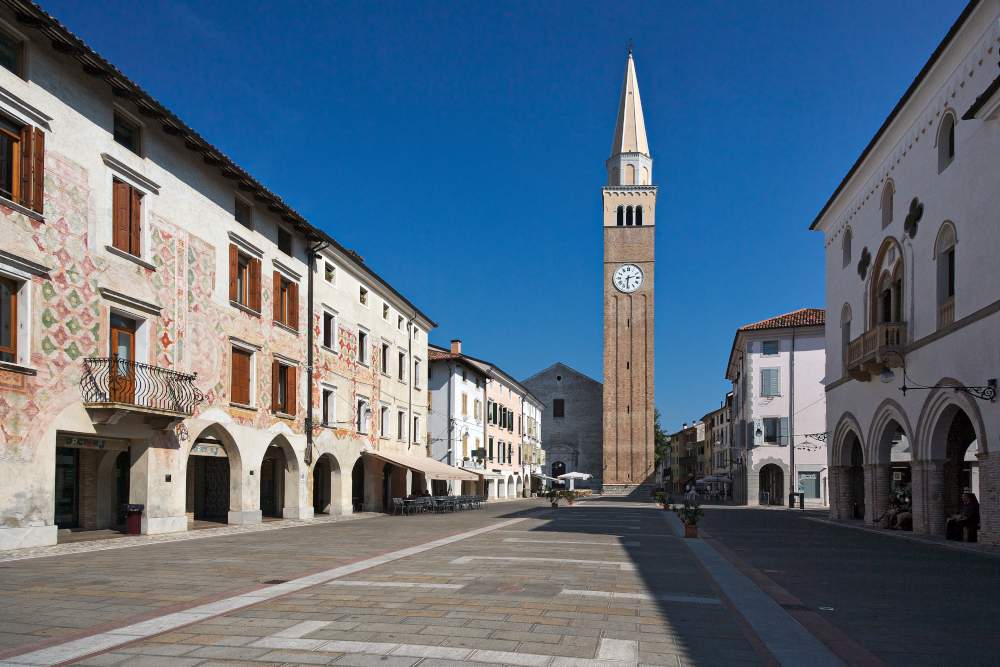
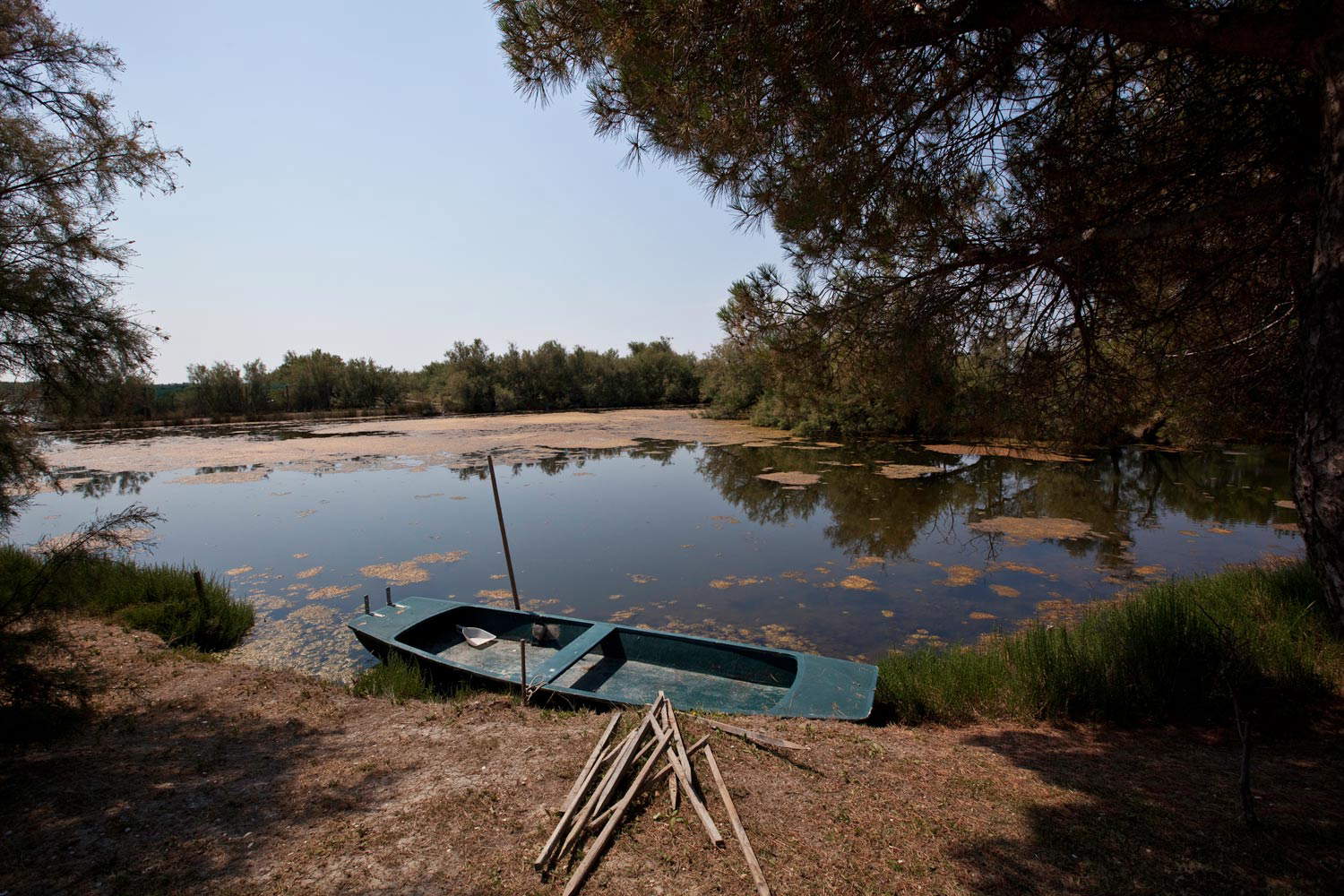
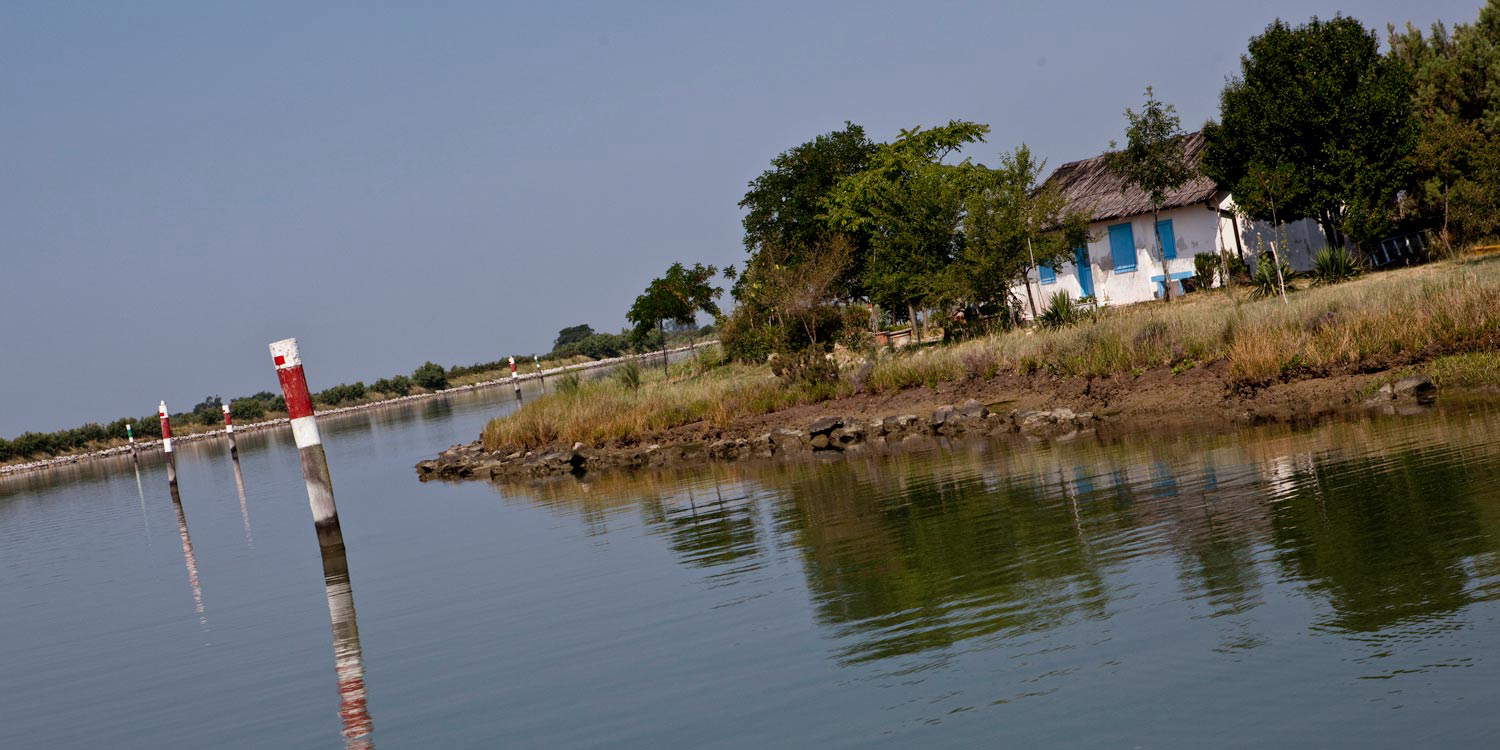
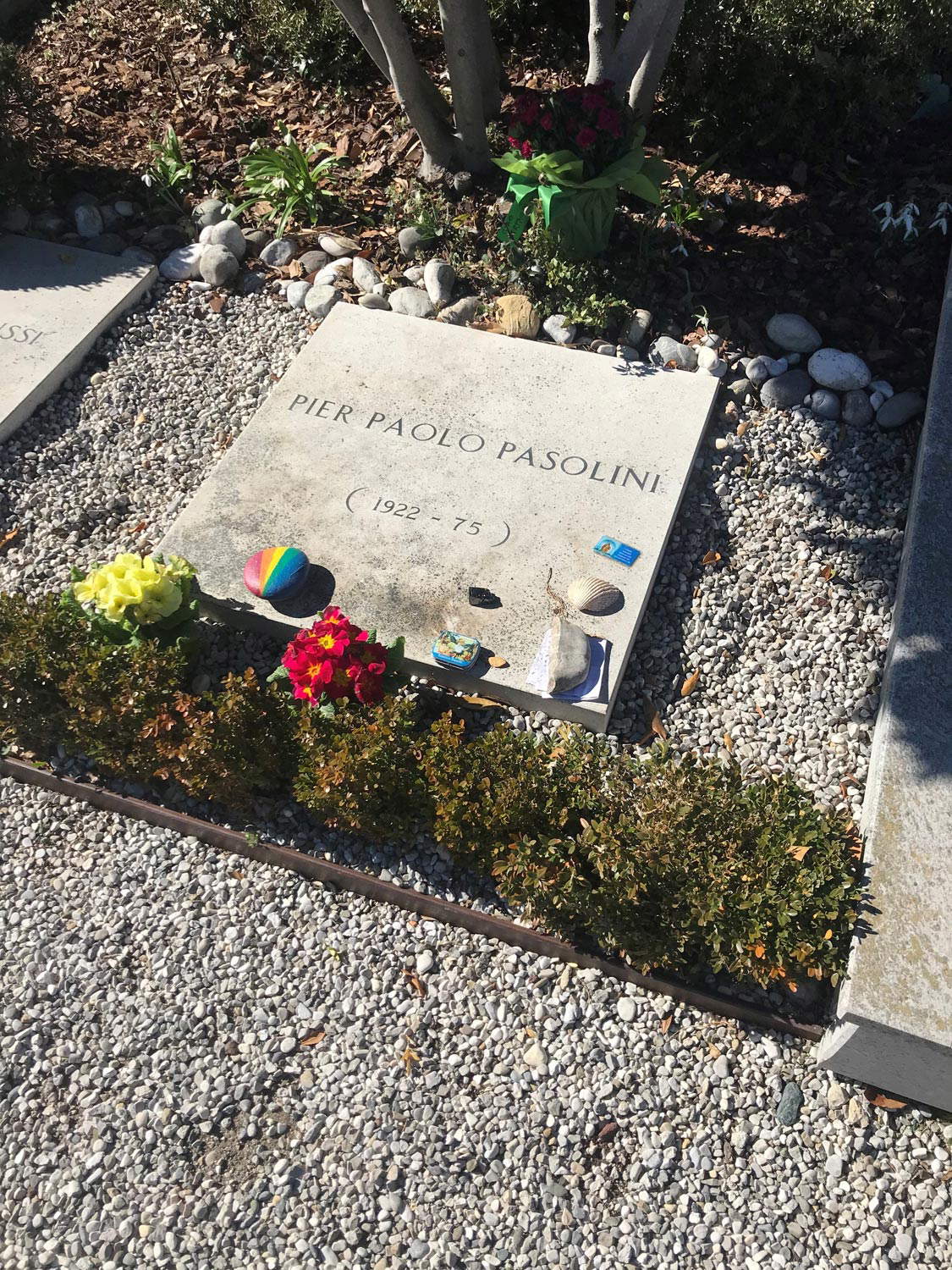
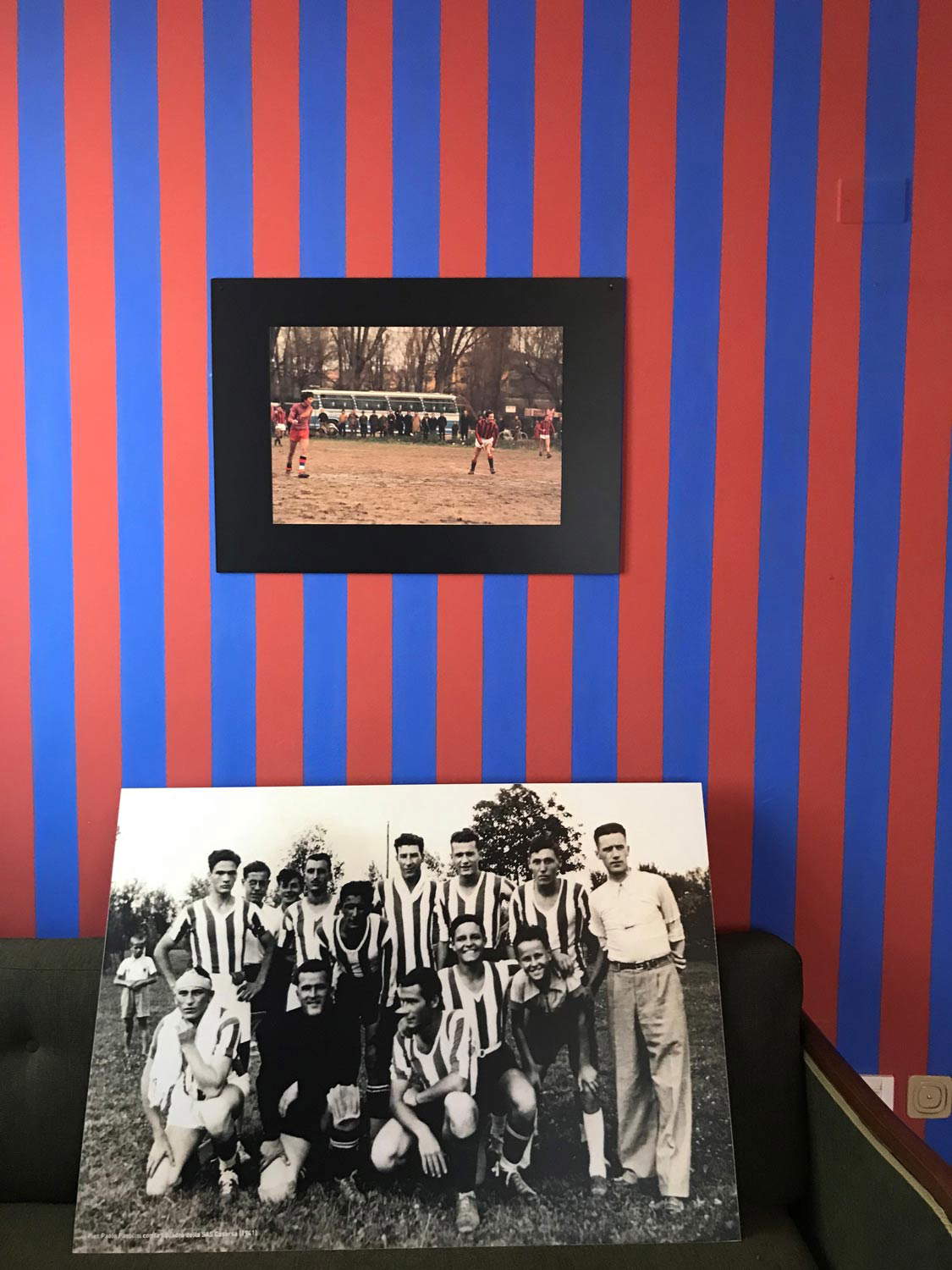
Tied to the poet’s political commitment, however, is the small hamlet of San Giovanni di Casarsa, where Pasolini used to have wall posters put up, inspired by him, steeped in strong political polemics, so much so that it earned him much enmity, and written in Italian and Friulian. The 13th-century Loggia del Comune in Venetian-Gothic style is to be reached here. The murals date from the spring and summer of 1948, when Pasolini had been politically engaged since the year before. This was for him the only period of active political militancy in his life.
Returning to Casarsa, a final stop is the cemetery that holds the poet’s grave, located at the entrance on the left. The whole family is buried there: Carlo Alberto Pasolini who died in Rome in 1958, where he had recently joined his son, and his brother Guido Alberto killed by Slovenian partisans in 1945. Pier Paolo is buried next to his mother in a single green island, underscoring the deep and intimate bond that united them. The small shrine was frescoed by Friulian painter Federico De Rocco. It is not uncommon to find visitors at his grave reading his poems, precisely to pay homage to him.
But the places associated with the intellectual do not end here. In Sacile Pasolini attended first grade in 1928 and lived in a house near the cathedral, on Via Gasparotto (then Via S. Martino e Solferino), until 1932. Nicknamed “the garden of the Serenissima,” Sacile is a pretty town in which the Piazza del Popolo, the cathedral and the small Chiesa della Pietà, as well as the Palazzo Ragazzoni, which houses a cycle of 16th-century frescoes of remarkable quality, are a must-see. From 1943 to 1950 he lived instead between Casarsa and Versuta, teaching in Valvasone and taking an active part in political life.
Precious traces of the young Pasolini’s artistic training and civic engagement are preserved in San Vito al Tagliamento. Surrounded by many friends, including the painter Federico De Rocco who initiated him into figurative art, in San Vito Pasolini printed the first four issues of the magazine Stroligut and the Italian verse plaquette Diarii. In January 1948, the town was also the scene of a revolt by peasants and laborers over the failure to implement the De Gasperi Lodo, which provided for compensation from landlords to peasants for war damages: the Arbitration Commission of the Udine court, in the absence of the sharecroppers’ representatives, issued a ruling on January 7, 1948, that granted Friulian peasants only one-third of what the Lodo provided nationwide. A strong popular uprising then began, resulting in dramatic events, and Pasolini, already a militant communist and close to the rebels’ cause, wrote about it in part of his novel Il sogno di una cosa.
In Grado Pasolini shot some scenes for the film Medea. Introduced to Grado’s lagoon by his friend the painter Giuseppe Zigaina, the director frequented it for a long time, electing as his buen retiro a casone on the mota Safon, an islet so named because of the siphon from which fresh drinking water gushes out and is used by fishermen.
PromoTurismoFVG offers an itinerary in Pasolini’s footsteps, from Casa Colussi, now home to the Pier Paolo Pasolini Study Center, to the Academiuta di Lenga furlana, to the church of Santa Croce, then on to the village of Versuta, in the hamlet of San Giovanni di Casarsa, and finally to the tomb in the Casarsa cemetery. A guided tour at a cost of 10 euros (free with FVG Card) scheduled until Aug. 28 every Sunday at 10 a.m.; from Sept. 4 to Oct. 30 every Sunday at 3 p.m.; and from Nov. 1 to Dec. 18 every Sunday at 10 a.m. The tour lasts about two hours. Reservations are required and for transfer to Versutta, St. John’s and the cemetery it is necessary to move independently by car.
For more info you can visit tourismfvg.it.
 |
| On Pasolini's trail in Friuli, from Casarsa della Delizia to Grado |
Warning: the translation into English of the original Italian article was created using automatic tools. We undertake to review all articles, but we do not guarantee the total absence of inaccuracies in the translation due to the program. You can find the original by clicking on the ITA button. If you find any mistake,please contact us.